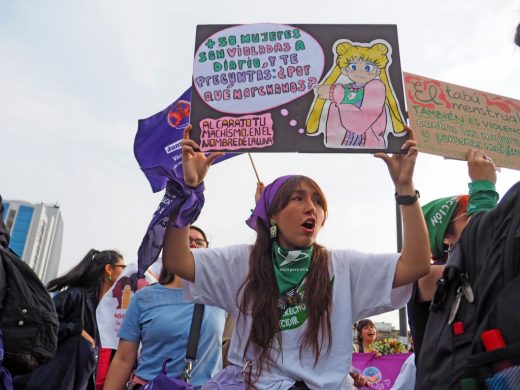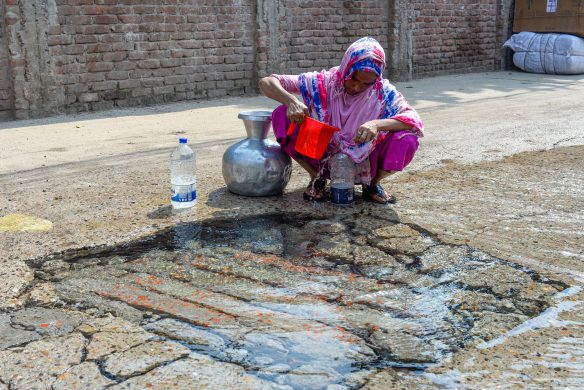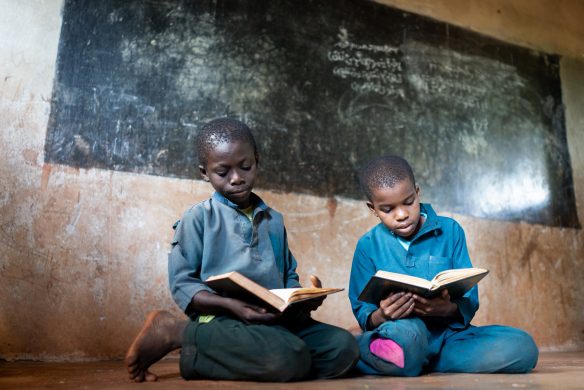Det fremgår af en helt ny rapport fra The Climate Institute. Ifølge rapporten vil klimaforandringerne reducere de egnede områder til dykrning af kaffebønnen drastisk.
Det vil ramme kvalitet, udbud og pris i nedadgående retning.
Det følgende er indledningen til rapporten. Under denne er en kort gennemgang af konsekvenserne for Latinamerika fra tænketanken Americas Society/Council of the Americas.
For many of us, it is hard to imagine life without coffee.
From Rome to Melbourne to Seattle, the intensely aromatic beverage is both a delight and a daily essential for hundreds of millions of people, who together drink more than 2.25 billion cups of coffee every day.
Coffee is the second most valuable commodity exported by developing countries.
In only a few centuries since coffee drinking started on the Arabian Peninsula, coffee has been adopted into cultures worldwide and taken root in landscapes right around the equator.
”Bean Belt” threatened
The so-called ‘Bean Belt’ comprises around 70 countries, the chief producers of which include Brazil, Vietnam, Colombia, Ethiopia and Indonesia.
The livelihoods of more than 125 million people rely on a global trade worth over US$19 billion.3 World production has more than trebled since the 1960s, consumption goes up by 5 per cent every year, and the industry boasts a strong potential for further growth.
In Australia coffee recently supplanted tea as our lead stimulant-of-choice, with 46 per cent of us now enjoying it daily. Market growth, however, risks being put into reverse in a rapidly warming world.
In just a few decades, climate change could halve the area suitable for growing coffee and push production upslope and away from the equator, with far-reaching consequences.
Since 1850, the average global temperature has already risen by nearly 1°C. By 2100, the world is projected to warm by a further 2.6°C to 4.8°C in a likely scenario.
80-90% smallholders
This may sound like small changes but the consequences for global agriculture and development will be far-reaching, complex, and dire. Between 80 and 90% of the world’s 25 million coffee farmers are smallholders—they are among the people most exposed to climate change.
As the world warms, market and climate volatility will combine to cause problems for producers and consumers.
The evidence is now clear that climate change is already beginning to impact on coffee production, along with other key world crops.
So clear, that leading companies, including Starbucks and Lavazza, as well as the International Coffee Organization, have publicly acknowledged the severity of the risks.
Latinamerika rammes hårdt
AS/COA skriver, at det fremtidige scenarium vil ramme Latinamerika hårdt.
It’s a morning routine for people worldwide: a hot cup of coffee. Spanning continents and cultures, an average of 2.25 billion cups are consumed every day.
But according to a new report from The Climate Institute, climate change will cut the global area suitable for coffee production by as much as 50 percent by 2050, affecting both consumers and the 125 million-plus livelihoods that rely on the coffee economy.
The “Bean Belt,” which covers 70 countries located between the Tropics of Cancer and Capricorn and comprises the world’s coffee-growing region, depends on specific climate conditions to produce the best product. Coffee Arabica, the coffee species that accounts for over 70 percent of global coffee production, is best grown between 18-21 degrees Celsius.
Over 23 degrees and the plant grows too fast, compromising yield, aroma, and flavor.
Rising temperatures in Latin America
What does this mean for Latin America? Temperatures in Mexico, Guatemala, and Honduras—responsible for over 10 million, 60 kg bags of coffee in 2015—have already risen by 1 degree Celsius while rainfall dropped by up to 15 percent since the 1980s.
Brazil, the world’s leading coffee producer, has suffered the effects of extreme temperature swings and drought.
Meanwhile, rising temperatures fueled a coffee leaf rust epidemic that hit Latin America in 2012 and resulted in a crop loss equivalent to $500 million.
Although the coffee industry is growing, The Climate Institute report finds that meeting consumers’ demands will become increasingly difficult. AS/COA online takes a look at facts and figures behind coffee production and climate change in the Americas.
Her kan man finde en infographic med fakta om Latinamerikas kaffeeksport:
Find rapporten fra The Climate Institute i nedenstående link.















